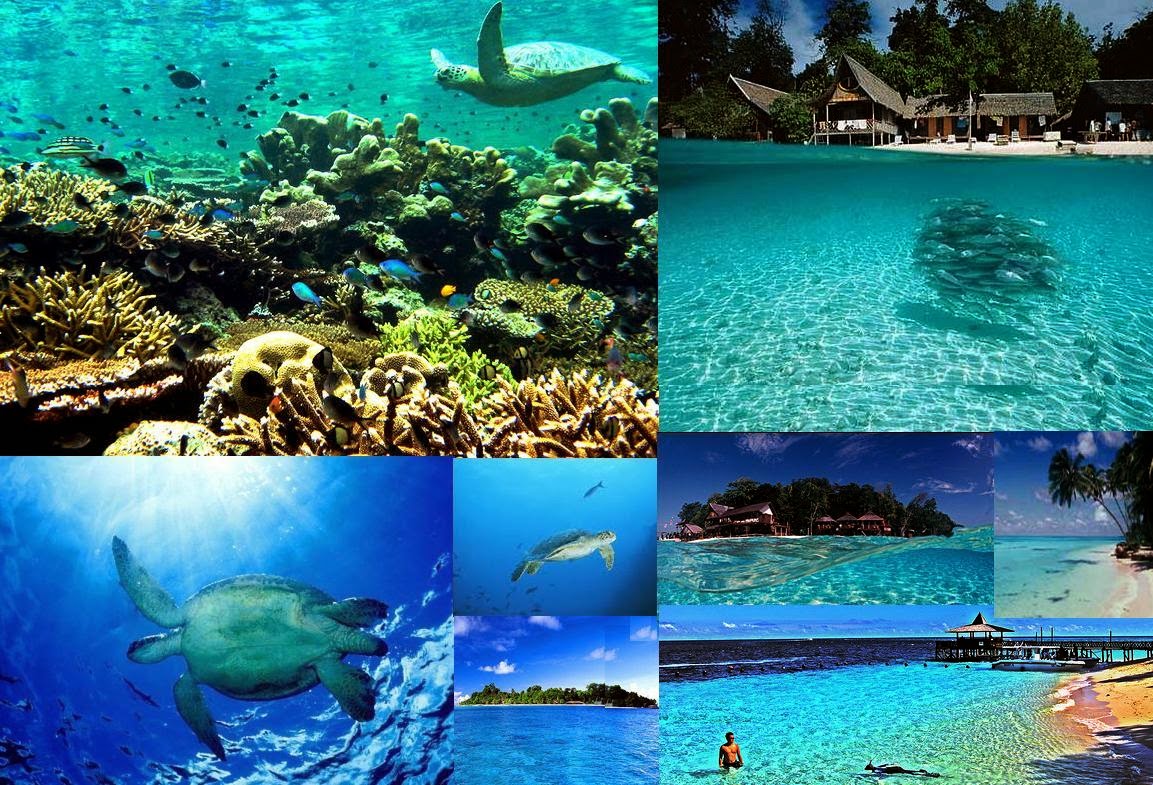A new tracking device that can be embedded into
the orangutan is revolutionising the way the animals are tracked and
will soon help researchers understand how to help the primates survive
in the jungles of Sabah.
The Tabin Orangutan Project (TOP), which is co-managed by Orangutan
Appeal UK, a United Kingdom-based non-governmental organisation, and the
Sabah Wildlife Department, is the first in the world to use the
embedded-type tracking device on the orangutan.
Previous attempts to track orangutan with collars and other tracking
devices were not successful because the animals were adept at removing
them.
 |
| File photo dated Oct 24, 2009 shows an orangutan making its way across a
rope at the Sepilok Orangutan Reserve near Sandakan. Previous attempts
to track orangutan with collars and other tracking devices were not
successful because the animals removed them. AP |
Each device cost RM1,454 and has enough power in its battery to last a
few years. Data had been collected using the devices since 2010, said
primatologist James Robins, who heads TOP. Robins is currently tracking
eight orangutan and half of them are females.
“One of our orangutan just gave birth a few weeks ago and we are now tracking both mother and child. Both are doing well.”
He said there was a misconception that conservation work was over the
moment captured or displaced orangutan were rehabilitated and released
into the wild.
“Nobody knows what happens to them after that because it is hard to follow them. This is the purpose of this study,” he said.
The data collected will be used to publish a series of papers, which
would discuss everything from their feeding to ranging behaviours.
This will then serve as a blueprint for forestry and wildlife
departments in countries with orangutan populations to rehabilitate the
primates. Robins said the team tracked the released orangutan every day
as they roamed the jungle.
“Currently, all eight of our orangutan have been implanted with the
tracking device. We follow them from 5.30am, when they leave their nest,
until they make a new nest for the night around 6.30pm, before we
return to camp.”
He said the orangutan had lost much of their habitat to
deforestation. The food quality in Tabin, which is a secondary forest,
was also less nutritious.
“It’s all about their diet. Food like ginger and rattan do not give
enough energy since these animals spend the entire day foraging.”
It was estimated that there were now about 1,400 orangutan in Tabin
and 11,000 in the whole of Sabah. Robins said Sabah had a stable
environment for the orangutan compared with other countries.
“If I were an orangutan, I would want to be in Sabah.”
Most of the deforestation in Sabah had happened in the past, he added.
Before man began encroaching on the forests, Robins said there could have been hundreds of thousands of orangutan in Borneo.
He said one way to ensure that orangutan populations grew was to join
the pockets of forest in Sabah into a central forest spine. This would
allow the orangutan to roam throughout the state and breed, allowing
better genetic diversity.
“It will be the biggest factor in increasing population growth.”
Four-wheel-drive vehicle manufacturer Land Rover, which is part of
the Sime Darby Group, had played a big role in helping Robins.
They used their own “Approved Permit” to import a Land Rover Defender donated by Orangutan Appeal UK for TOP to use in Sabah.
Land Rover also donated RM16,500 to TOP for its research.
Land Rover managing director Syed Mudzhar Syed Ali said the
sponsorship was given to assist in logistics and tracking exercises
involving the orangutan.
Speaking to journalists in Tabin last week, he said the company was committed to helping ensure the survival of the orangutan.
“Land Rover is returning to the Tabin reserve after our first visit
last year, when our donation was used for the construction of an
extension to the research base.
“Our return this time around is further testament of Land Rover’s
commitment and concern for wildlife conservation in this country. This
initiative also allows us to raise the level of awareness on this
protected species and the importance of creating an environment that
enables their continued existence for centuries to come.”
The orangutan is one of nine animals under the Sime Darby Group
conservation efforts carried out through its foundation, Yayasan Sime
Darby. Syed Mudzhar said last year, the company brought in its customers
from Sabah to visit Tabin.
“In the future, we are looking at bringing in our customers from
across the country to visit Tabin. We are hoping that our high profile
customers will help spread the message of orangutan conservation.”
Source: Borneo Bulletin































